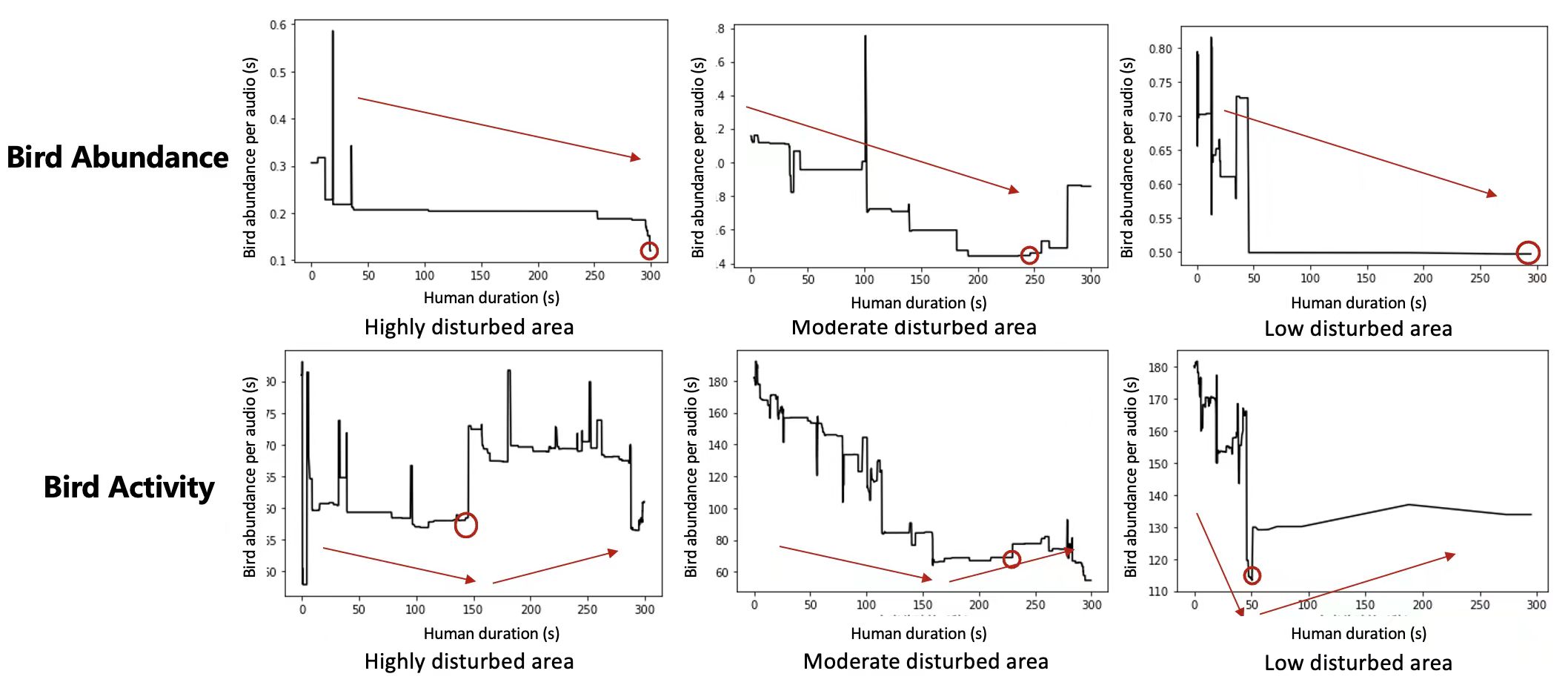For many conservationists, including our participants, the knowledge to effectively use conservation technology is not enough without the funding to access the tools. Recognizing this barrier, we provide each participant with USD$500 in seed funding to support the implementation of their conservation solutions. Participants are required to propose and carry out projects, which have ranged from building predator-proof bomas and underwater camera traps to developing AI tools, mobile apps, and community-driven citizen science initiatives. Each participant is required to report on their project’s progress over the following year, fostering accountability and impact tracking.
To ensure long-term sustainability, we also deliver training in grant writing, proposal development, and funder engagement to equip participants with the skills needed to secure sustained future funding. Ongoing mentorship and support also continue beyond the initial training. Our team, along with a growing alumni network, provides guidance on grant applications, reference letters, and professional development opportunities. Many of the projects and collaborations initiated during the program have led to graduate study, published research, and conference presentations, reinforcing participants’ continued growth as conservation leaders.
